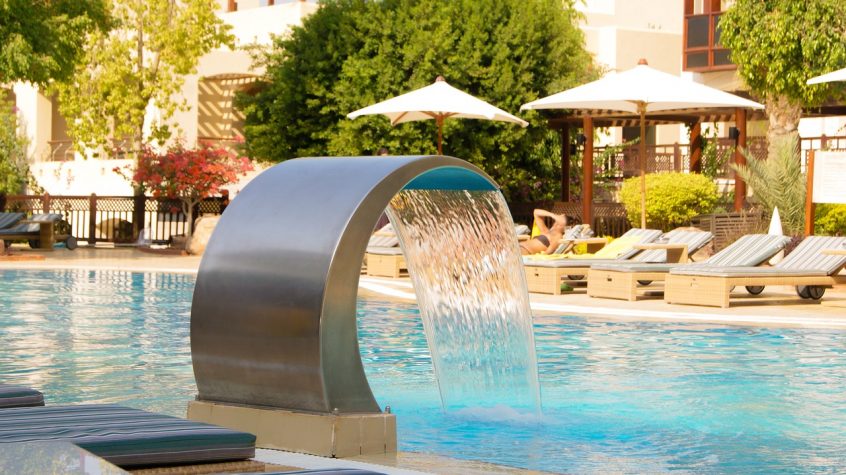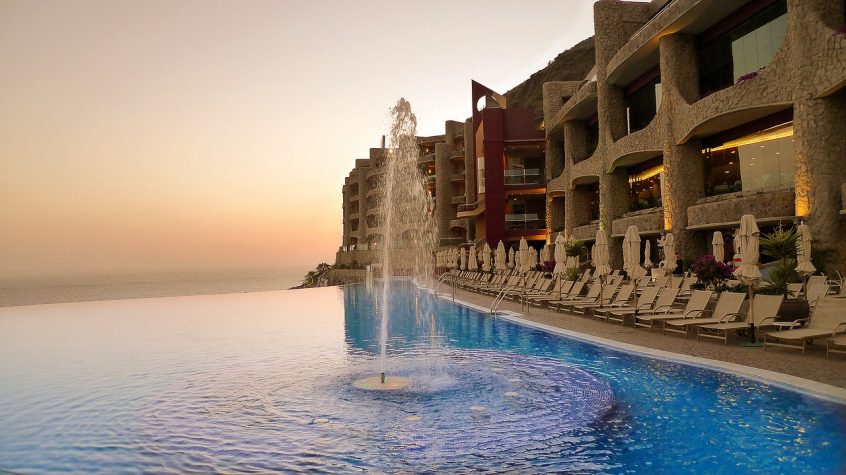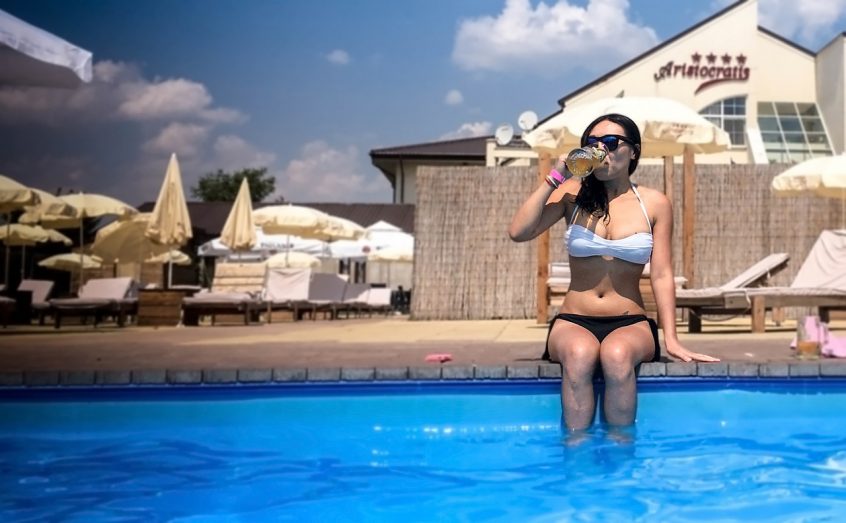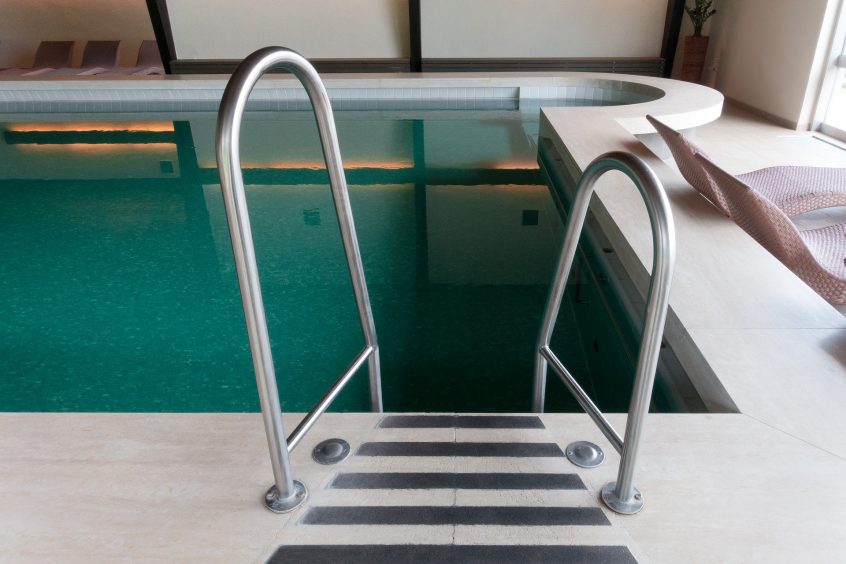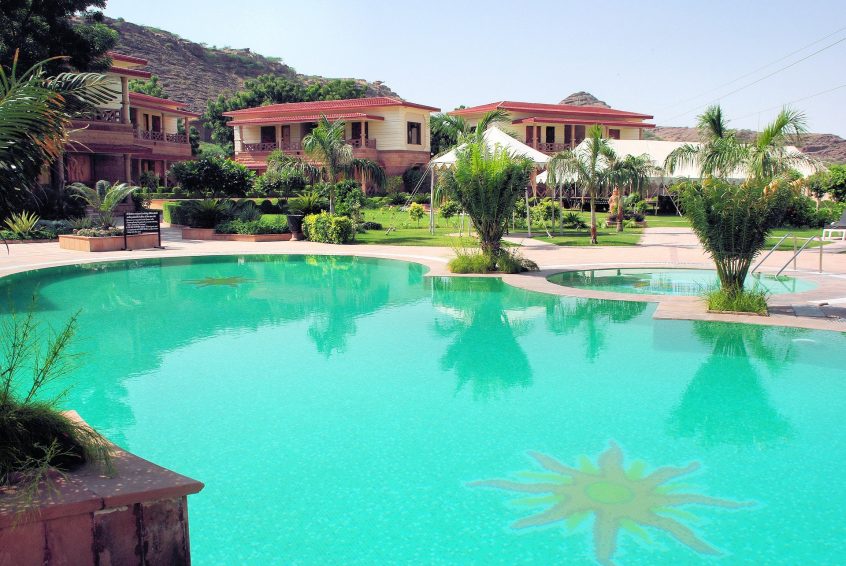Proper water balance in commercial pools and spas can be the difference between a safe, attractive facility and a disastrous one. Advances in chemical automation, disinfection methods, and better education on the problems associated with water chemistry have made the aquatic facility operator’s job easier when ensuring pool and spa water is safe for bathers. Oxidation reduction potential (ORP)/pH controllers … Read More
Tips and Tricks for Identifying and Treating Tough Algae
Some algae are easy to treat and remove; however, other types can be quite challenging to deal with. The three main types are green, black, and yellow/mustard algae. Green algae is relatively easy to eradicate, but yellow/mustard and black algae are difficult to kill and, as a result, can make the job of a pool service professional difficult. Green algae … Read More
Making Pool Water Maintenance Easier for Service Professionals
Enzymes have evolved over the years to a point where there are now specific products based on the needs of each and every body of water. Today, there are two different types of enzyme products available for use in the pool and spa/hot tub industry—broad spectrum produced through a fermentation process is one, while limited capacity commercially manufactured then blended … Read More
Stains and Water Discoloration
Staining and water discoloration issues have plagued the appearance of swimming pools and hot tubs since the inception of the aquatics industry. These unsightly blemishes occur on pool and hot tub surfaces and can be a distraction from their desired appearance. They can be extremely frustrating, as well as difficult and expensive to remedy. Removing stains can be a complicated … Read More
Maximizing Pump Efficiency with Variable Orifice Pool Returns
Since the introduction of variable flow technology and the understanding of affinity laws, many consumers, as well as energy policies, have started to focus on introducing energy-efficient systems to the swimming pool environment. With both variable- and two-speed pumps taking the lead role in this new ‘eco-revolution,’ both pool professionals and pool owners are asking, “Why is the industry heading … Read More
Creating a New Pool/Spa Service Program Can Increase Profits
It is important for pool/spa service companies to continuously offer new services to help increase profits and grow the business by distinguishing themselves from competitors. One way this can be achieved is by adding a water treatment program using specialty chemicals. Blue Water Pool & Repair Corp., a full-service pool and spa business in Orlando, Fla., is a prime example … Read More
A Biochemical Catalyst for Supplemental Pool and Spa Maintenance
Applying known technologies to everyday practical uses has become commonplace for consumer products, and enzymes are no exception. Probiotic yogurt, laundry detergent, and shampoos use enzymes because of their effectiveness and versatility. In fact, health store shelves sport enzyme products promising to work all sorts of miracles, including improved digestive systems, strengthening hair and giving it shine, and keeping oils … Read More
Busting Water Maintenance Myths
There are plenty of misconceptions about water chemistry and testing floating around. Aside from the one about a dye that will detect people peeing in the pool, which can be helpful if swimmers believe it, they all impede our ability to manage water quality. So let’s do some myth busting. Myth 1: Experienced pool/spa operators can tell if there are … Read More
How to Control Calcium Hardness
Maintaining appropriate levels of calcium hardness is a key balance factor in basic recreational water care. Typically, water in a vinyl-lined or fibreglass swimming pool should contain a calcium hardness level of 175 to 225 parts per million (ppm), while the recommended range for plaster-surfaced pools is a little higher at 200 to 275 ppm. In addition, the overall balance … Read More
Battling Biofilm in Pools and Spas
Improving water quality demands a true understanding of what is hidden in the pool and spa environment, of what is lurking beneath the surface—in piping, filters and on exteriors. For decades, pool professionals have faced a particularly tricky phenomenon, one that has created havoc since the first swimming pools and spas. It is that slimy, sticky, gooey stuff that appears … Read More
